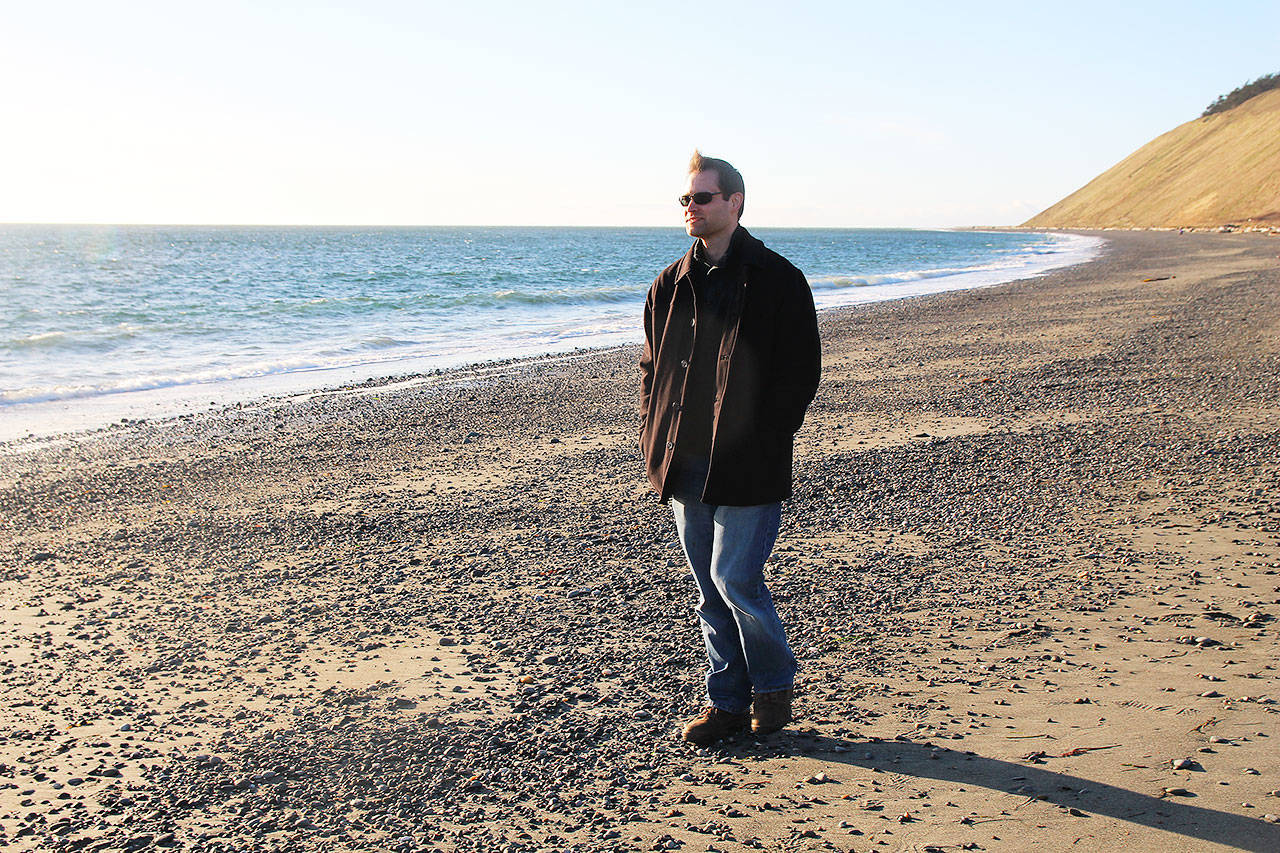A recent report by the county’s public health department found there’s poop matter in the surface water at Ebey’s Landing.
In more technical terms, samples taken from the site exceed state fecal coliform standards.
The findings were reported in the Island County Public Health’s Department of Natural Resources surface water quality report.
Approximately 500 fecal coliform and nutrient samples were collected during what’s called “water year 2017,” which spanned from October 2016 to September 2017.
It was determined that agricultural practices near the watershed were most likely the cause of poor water quality at Ebey’s Landing.
The Whidbey Island Conservation District stepped in and worked with landowners to improve farm management practices.
The conservation district assisted farmers and landowners with planting vegetation to filter stormwater runoff, managing manure and fertilizer application and diverting stormwater away from Ebey’s Landing.
So far, it seems there has been some improvement, but it’s too soon to know how effective the improvements will be.
“It’s all preliminary data at this point,” said Jenny Schofield, water quality specialist.
This most recent water year, Natural Resources was able to do more source identification, in which water quality specialists move up a watershed “kind of like detectives” looking for the source of contamination, according to Caitlin Budd, water quality specialist.
That information is then passed on to partners, like the Conservation District, to guide efforts to address the issue.
“They (the partners) can make decisions based on the water quality data, and it helps prioritize their work and their time,” said Lori Clark, Natural Resources manager.
Two sites were tested on North Whidbey and eight on the South End. Water quality on all sites in South Whidbey were designated either moderate or good.
However, a catch basin on the Holmes Harbor side of Shoreview Road did not meet fecal coliform standards.
Natural resources conducted dye testing, during which they found dye placed in a nearby resident’s toilet ended up in the catch basin.
The water quality team worked with the health department’s on-site septic team to identify a failed drain field and fix the issue. Budd said the results at that site have improved since the repair was made.
High levels of fecal coliform, nitrates and other nutrients are bad news for both human beings and aquatic life.
Diseases can impact people who swim in water with poor quality or affect those who eat shellfish harvested from it, Budd said. Salmon and other fish also do not live well in water with high levels of pollutants.
Penn Cove has been designated at risk of having its water quality designation downgraded, which would eliminate shell fishing in the area.
The department is working with the Conservation District to promote best management practices with farmers and homeowners in that watershed.
Natural Resources will soon start hosting workshops for individuals who live or farm in priority watersheds.
The “Know Your Watershed” workshop will be aimed at teaching ways to protect and improve water quality.
Budd and Clark said these sessions would include tips like washing cars in designated car wash areas instead of driveways, timing lawn fertilizing so it’s not right before a rain storm and picking up dog poop even on one’s own property.
Getting septic systems inspected regularly also goes a long way toward preventing water quality issues, they said.
“It’s better to maintain it,” Budd said. “because if it fails, you’re gong to be paying more for a septic fix than you will for just regular septic maintenance.”
“It’s just like getting your oil changed or tires rotated,” Clark added.



